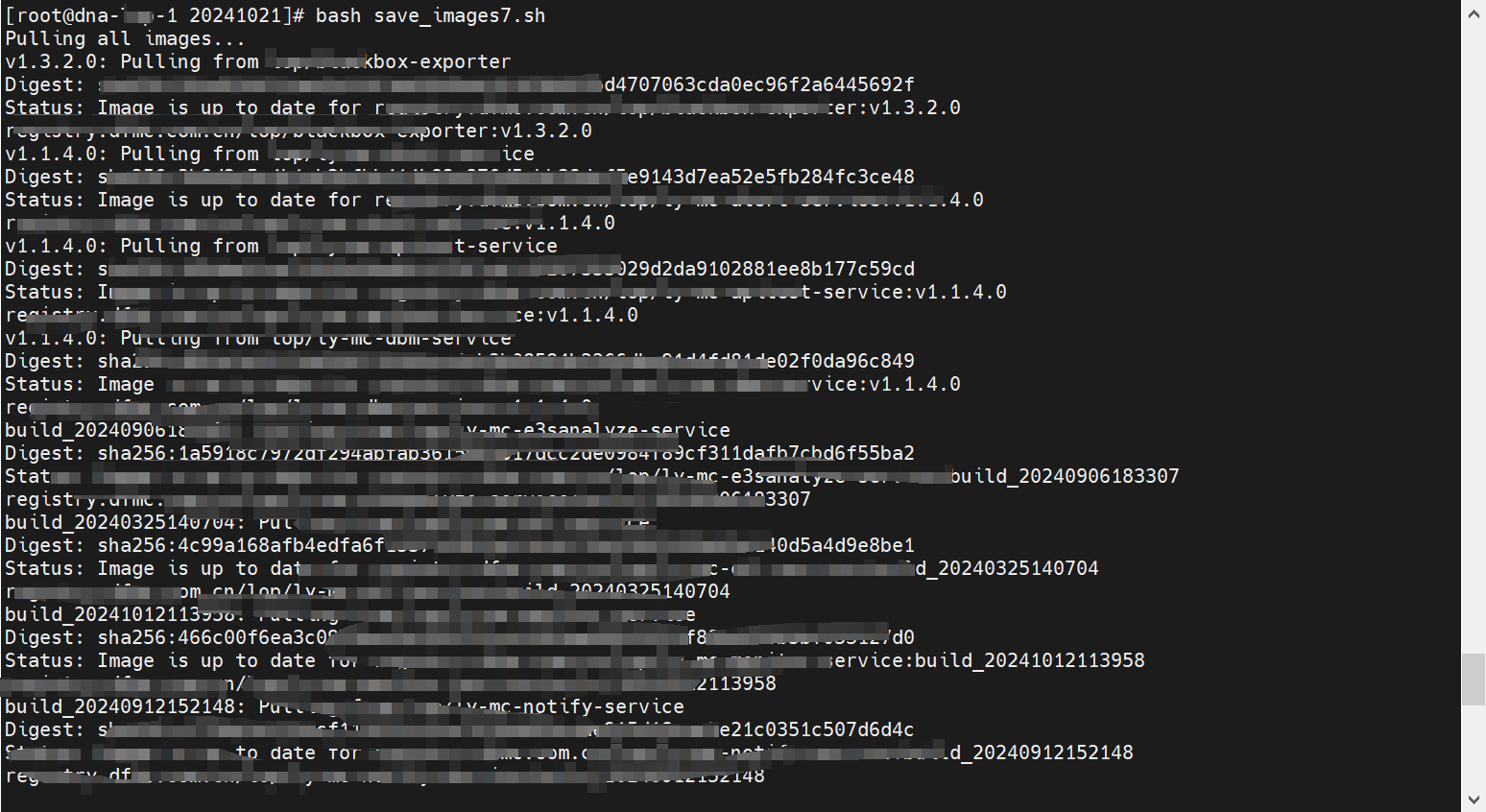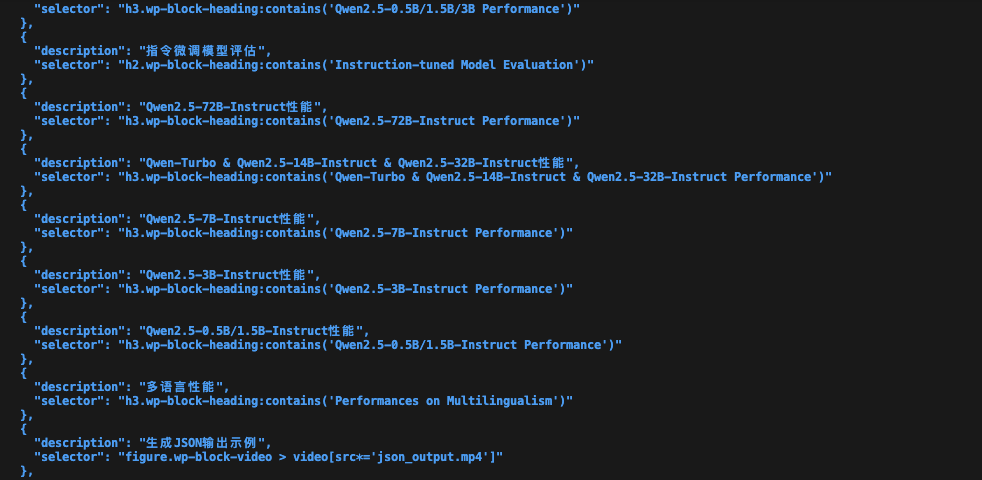import argparse
import paramiko# 定义一个名为Client的类,用于表示SSH客户端相关操作
class Client:# 类的初始化方法,接收主机地址、用户名和密码作为参数def __init__(self, host, user, password):self.host = hostself.user = userself.password = password# 创建一个paramiko的SSHClient实例,用于后续的SSH连接操作self.client = paramiko.SSHClient()# 设置自动添加主机密钥策略,避免出现未知主机密钥时连接失败self.client.set_missing_host_key_policy(paramiko.AutoAddPolicy())# 调用连接方法,尝试建立SSH连接self.connect()# 定义连接方法,用于建立到指定主机的SSH连接def connect(self):try:# 使用提供的主机、用户名和密码进行SSH连接self.client.connect(self.host, username=self.user, password=self.password)print(f"[+] Connected to {self.host}")except Exception as e:print(f"[-] Error connecting to {self.host}: {e}")# 用于在已连接的SSH会话上执行命令,并返回命令的输出结果def send_command(self, cmd):# 在SSH会话上执行命令,获取标准输入、标准输出和标准错误输出流stdin, stdout, stderr = self.client.exec_command(cmd)# 读取标准输出内容,并使用utf-8编码将字节数据转换为字符串output = stdout.read().decode('utf-8')# 读取标准错误输出内容,并进行同样的编码转换error = stderr.read().decode('utf-8')if error:print(f"[-] Error executing command on {self.host}: {error}")return output# 类方法,用于向所有已添加到botNet列表中的客户端发送相同命令,并收集结果@classmethoddef botnet_command(cls, command):results = []# 遍历botNet列表中的每个客户端实例for client in cls.botNet:# 在每个客户端上执行命令,并获取输出结果output = client.send_command(command)# 将客户端的主机地址和对应的命令输出结果作为元组添加到results列表中results.append((client.host, output))return results# 类方法,用于向botNet列表中添加一个新的客户端实例@classmethoddef add_client(cls, host, user, password):client = cls(host, user, password)cls.botNet.append(client)# 类方法,用于关闭所有已添加到botNet列表中的客户端的SSH连接@classmethoddef close_all_connections(cls):for client in cls.botNet:client.client.close()print(f"[+] Connection to {client.host} closed")# 初始化一个空的botNet列表,用于存储所有的客户端实例
Client.botNet = []def main():# 创建一个命令行参数解析器对象,用于解析用户输入的命令行参数parser = argparse.ArgumentParser(description='SSH Botnet Client')# 添加一个名为--host的命令行参数,可接收多个值,用于指定要连接的主机地址parser.add_argument('--host', nargs='+', help='Host(s) to connect to')# 添加一个名为--user的命令行参数,可接收多个值,用于指定SSH连接的用户名parser.add_argument('--user', nargs='+', help='Username(s) for SSH connection')# 添加一个名为--password的命令行参数,可接收多个值,用于指定SSH连接的密码parser.add_argument('--password', nargs='+', help='Password(s) for SSH connection')args = parser.parse_args()# 检查是否缺少必要的命令行参数,如果缺少则报错if not args.host or not args.user or not args.password:parser.error('Missing required arguments')# 检查主机地址、用户名和密码的数量是否一致,如果不一致则报错if len(args.host)!= len(args.user) or len(args.host)!= len(args.password):parser.error('The number of hosts, users, and passwords must be the same')# 通过循环,为每个主机地址、用户名和密码的组合创建一个Client实例,并添加到botNet列表中for host, user, password in zip(args.host, args.user, args.password):Client.add_client(host, user, password)print("Connected to all hosts. Enter 'exit' to quit.")while True:command = input("Enter command: ")if command.lower() == 'exit':breakresults = Client.botnet_command(command)for host, output in results:print(f"Output from {host}:")print(output)# 关闭所有已添加的客户端的SSH连接Client.close_all_connections()if __name__ == '__main__':main()
运行方法: 第一种:终端控制:python your_script.py --host IP1 IP2 --user user1 user2 --password password1 password2

输出结果:



















